(Prices correct as of today’s date, are updated daily, are subject to change and represent genuine availability at time of update).
Cruise only holidays are financially protected by ABTA. Fly cruise holidays are financially protected by Silversea under ATOL number 4681
Please click here to check the essential travel requirements before booking this cruise.
Want to add a hotel stay or change your flights?
Just call our team of cruise specialists to help build your dream cruise holiday today!
Prices based on 2 people sharing. Cruise only price does not include flights. Fly-cruise price may vary by chosen UK airport.
THE
SIXSTARCRUISES DIFFERENCE
Our sister brand SixStarCruises specialise in luxury and ultra luxury cruise holidays. Click here to view this itinerary in full and speak to one of our specialist cruise concierge today. Our team are here to help you plan your perfect cruise holiday and guide you with first-hand experience with more time on board than any other UK luxury travel agent.
EXPERTISE
SERVICE
BUSINESS
RELATIONSHIPS
CONFIDENCE
SECURITY
rated 4.8 / 5
Itinerary
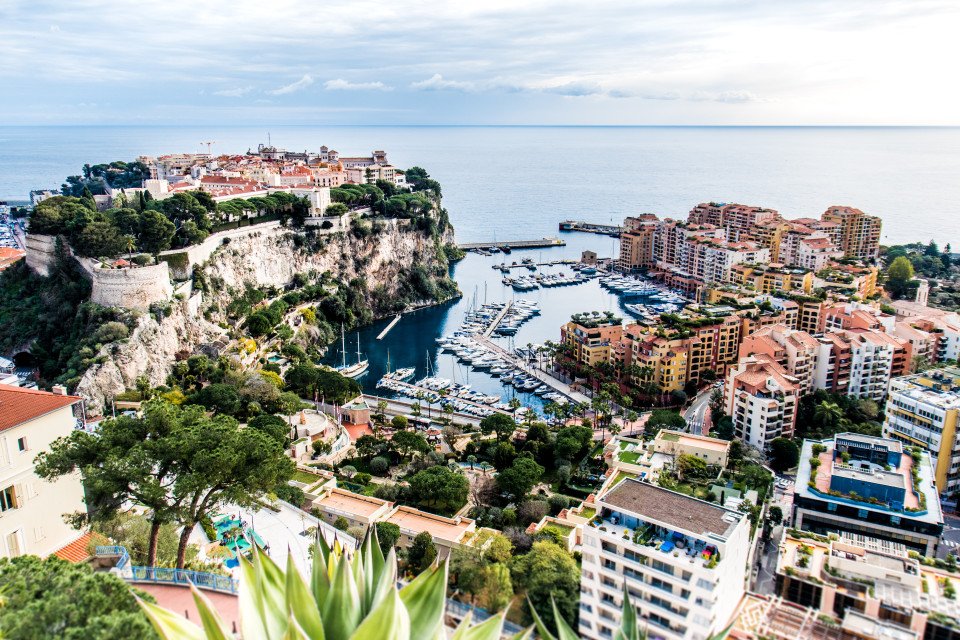
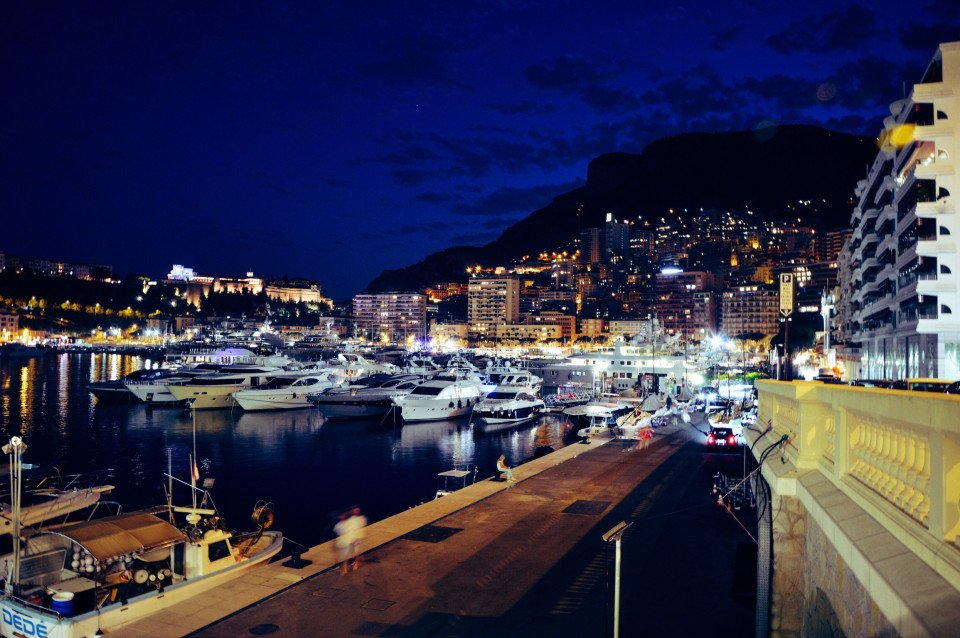
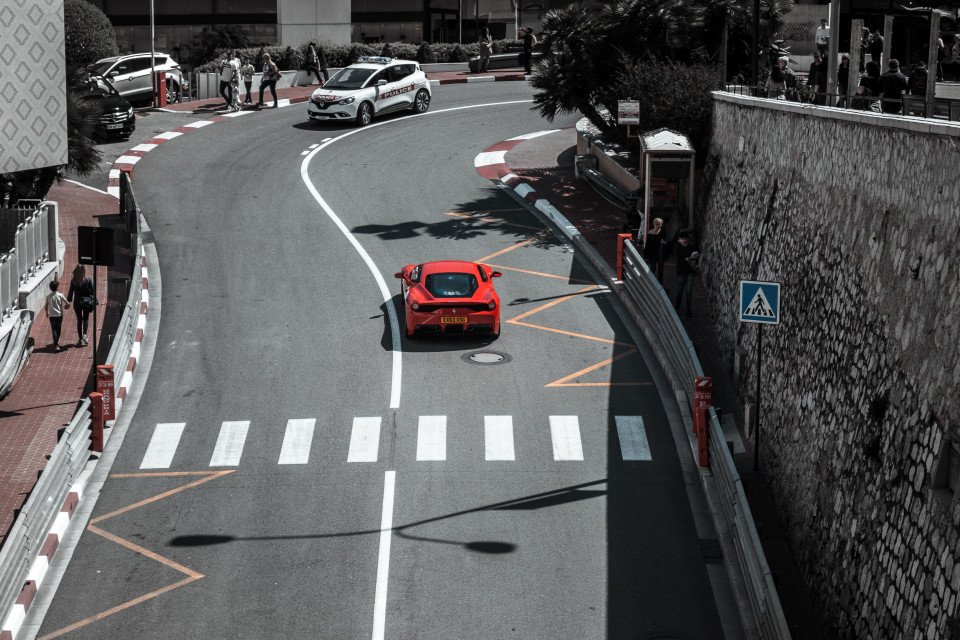
Monte-Carlo
On one of the best stretches of the Mediterranean, this classic luxury destination is one of the most sought-after addresses in the world. With all the high-rise towers you have to look hard to find the Belle Époque grace of yesteryear. But if you head to the town's great 1864 landmark Hôt... Read More
Monte-Carlo
Monte-Carlo
Alghero
Cagliari
Trapani, Sicily
Valletta
Taormina
At Sea
Kotor
Split
Zadar
Piran
Fusina
What's Included with
Silversea
Entertainment throughout the day and evening
Return flights included from a choice of UK airports (fly cruise bookings only)
WiFi included on-board
Gratuities included on-board
24-hour room service
Shuttle service to and from ports and airport where available
Almost 1:1 staff to guest ratio
In-suite bar replenished with your preferences
Complimentary laundry where applicable
Selected wines, beers and spirits on-board
Luxurious, all-suite accommodation
Expedition activities and on-board expert lectures on expedition sailings
Door-to-door transfers from your home (selected sailings only)
Butler service for every suite
Explore Silver Spirit
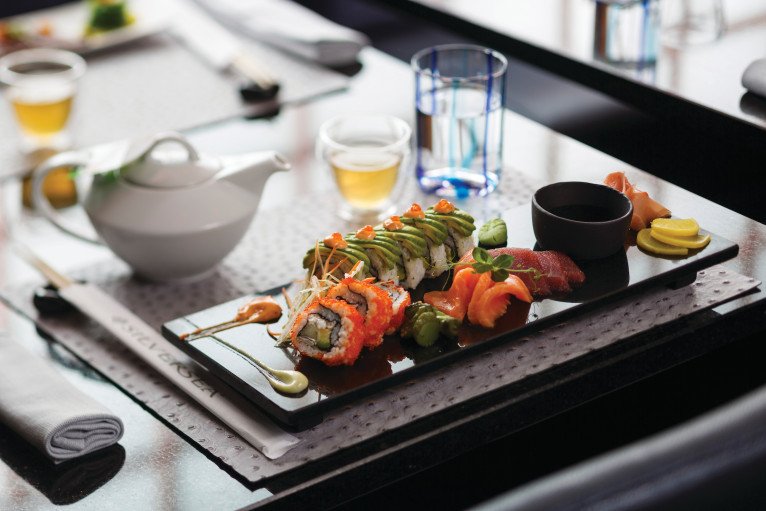
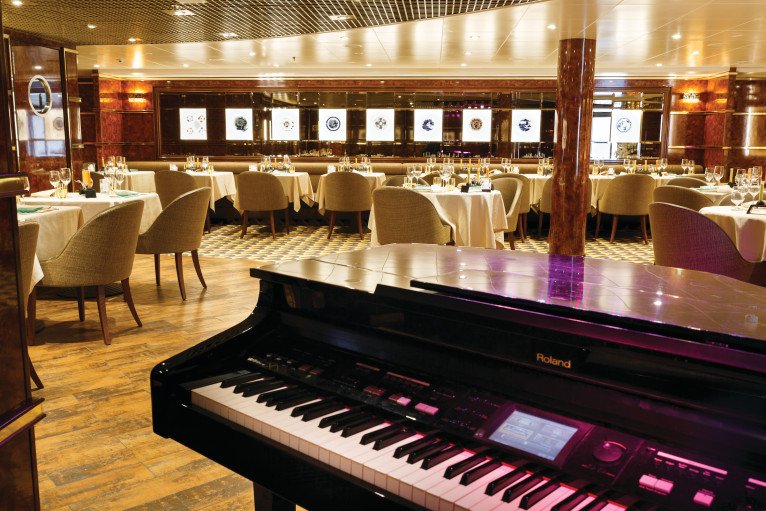

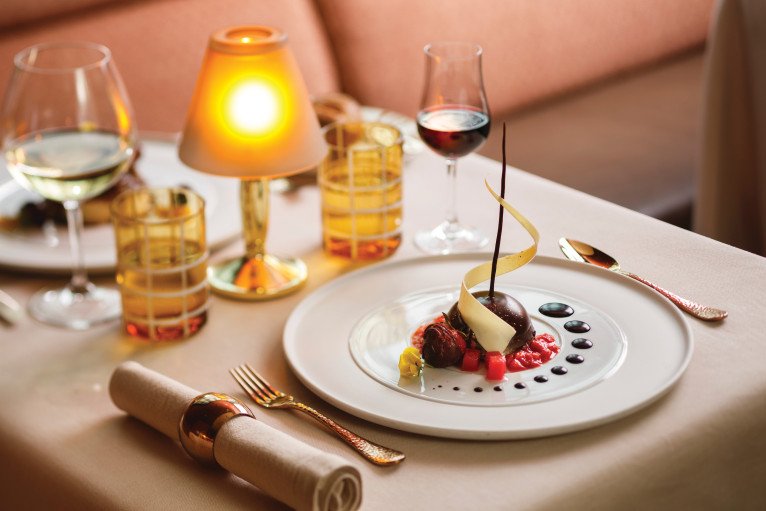

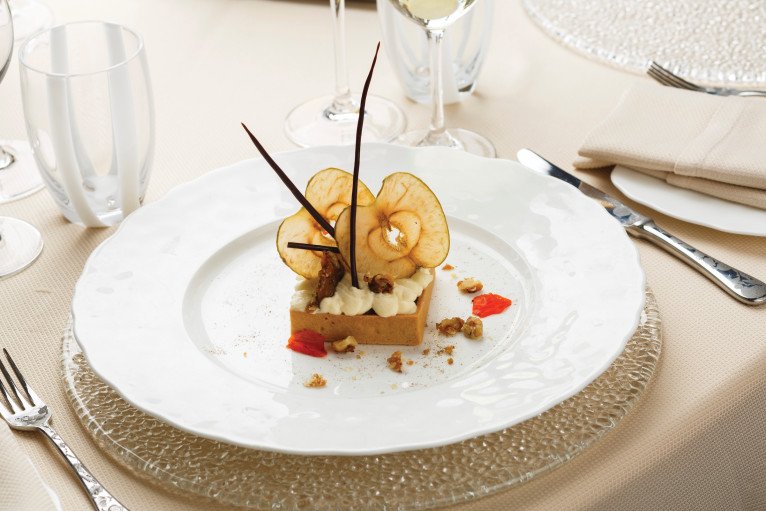
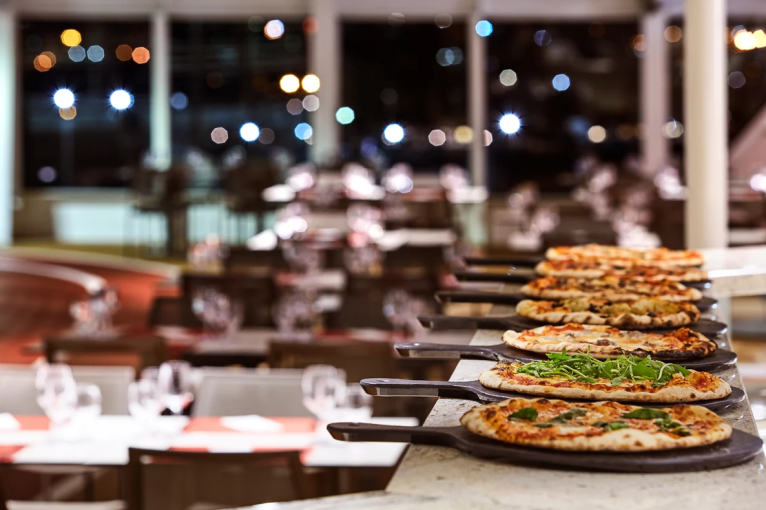
The Grill
Soft breezes and ocean views beckon at the Grill, especially as the sun goes down when cruise guests gather for cocktails at the outdoor bar and talk about the day’s events.
One of the healthiest cuisines to exist, The Grill features lava stone cooking at its finest. Sourced from volcanic rock and placed in an oven to reach an optimum temperature of 400˚C, The Grill invites guests to cook their food directly at their table. Place your meat, fish or vegetables on top of the grill stone or inside the soup bowl, and then simply cook to your very own taste. Every bite is cooked to perfection, time after time. With the stone cooking available in the evenings only, The Grill becomes a gourmet salad and burger bar, offering build your own burgers from the best selections of meat.
Open seating for lunch. Reservation recommended for dinner.
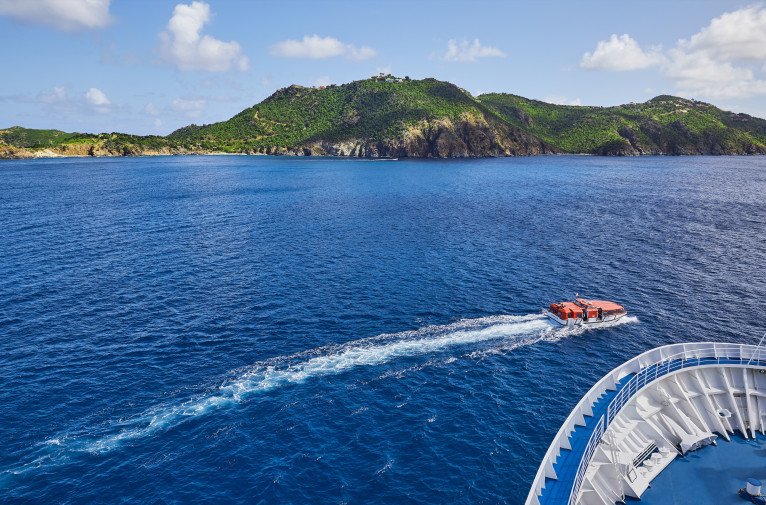

Shore Excursions
Silversea’s experienced Shore Concierge team are happy to assist, ensuring your shore- side experience is nothing less than a memory that lasts forever. Their knowledge and understanding of ports will truly add to your enjoyment and experience. Detailing history, local flavour, culture, regional customs, shopping tips and much more, they will make sure you get the best of your destination, wherever you are in the world.


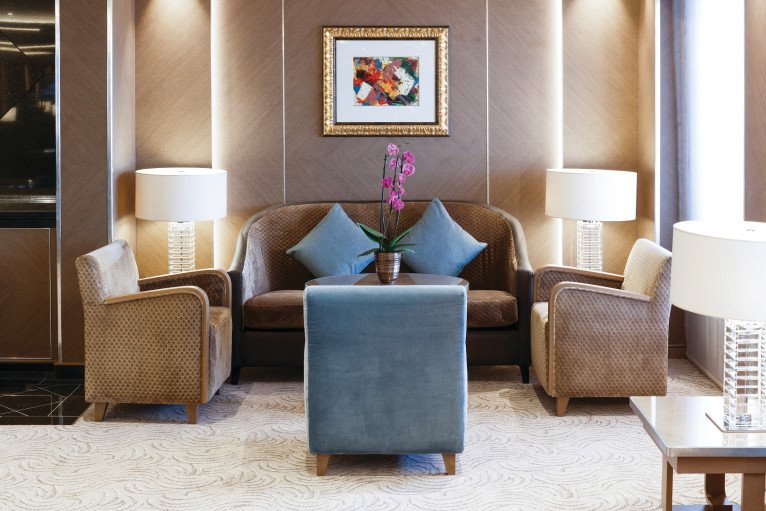
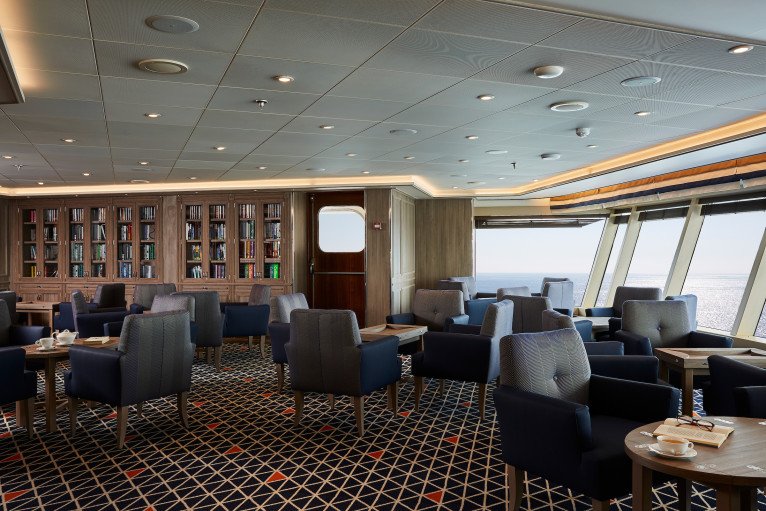


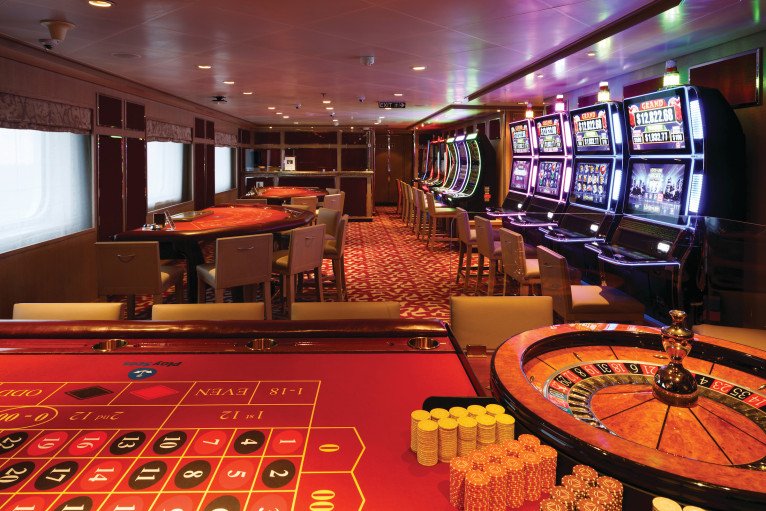
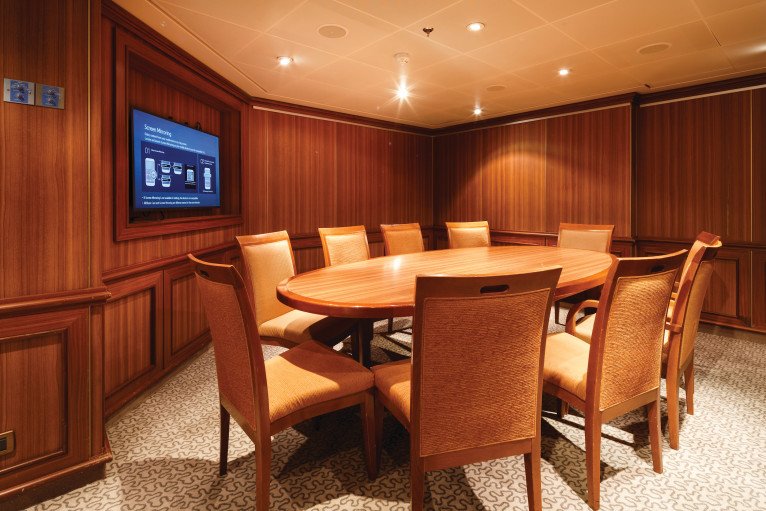
Arts Café
Hosting various, exciting exhibitions, the Arts Café will showcase painting and sculptures from a broad range of talent.
Nestled cosily on deck 8 is the all-new Arts Café. Hosting varied and exciting exhibitions, the Arts Café will showcase paintings and sculptures from a broad range of talent. The distinctive design of the venue is a relaxing getaway and offers daytime cuisine in the form of a café and deli-bar. But come early evening, the venue turns into a lively, evening cocktail lounge meaning you can retreat to one of the comfortable chairs, grab a drink and relax as you absorb the incredible view and watch the world float by. Whether you prefer the gentle sea breeze of the terrace or the sophistication of the inside, a superlative experience is always assured.
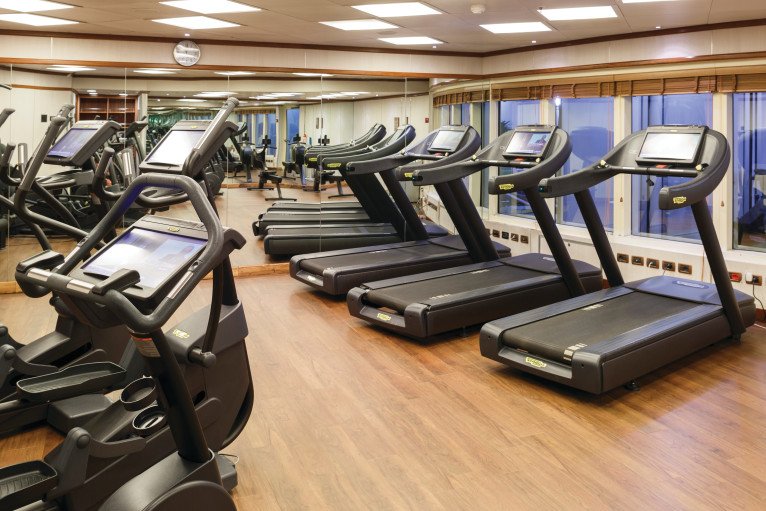


The Fitness Centre
The Fitness Centre on board this luxury cruise ship is equipped with free weights, weight machines, state-of-the-art treadmills, elliptical trainers and recumbent and upright bicycles. Classes in aerobics, yoga, Pilates and circuit training are led by the onboard fitness trainer and are always complimentary. Personal training, body composition analysis and specialty classes at the Fitness Centre are available at an additional charge.
Images are intended as a general reference. Features, materials, finishes and layout may be different than shown.
Deck 11

- Observation Library
- Launderette
- Silver Suites
- Elevator
Deck 10

- Jogging Track
- Silver Suites
- Spaccanapoli
- Launderette
- Elevator
- Open view to Swimming Pool
Deck 9

- Pool Deck
- Whirlpools
- Pool Bar
- The Grill
- Card Room
- Launderette
- Panorama Lounge
- Panorama Outdoor Lounge
- Grand Suites
- Superior Veranda Suites
- Elevator
Deck 8

- Connoisseur’s Corner
- Boutique
- Arts Café
- Silver Note
- Launderette
- Grand Suites
- Superior Veranda Suites
- Deluxe Veranda Suites
- Owner's Suites
- Panorama Suites
- Silver Suites
- Elevator
Deck 7

- La Terrazza
- Launderette
- Casino
- Royal Suites
- Deluxe Veranda Suites
- Superior Veranda Suites
- Elevator
Deck 6

- Zagara Beauty Spa
- The Fitness Centre
- Launderette
- Beauty Salon
- Thermal Suite
- Free Weights
- Outdoor Aerobics Centre
- Deluxe Veranda Suites
- Classic Veranda Suites
- Elevator
Deck 5

- Reception/Guest Relations
- Future Cruise Sales
- Shore Concierge
- Dolce Vita
- Venetian Lounge
- Launderette
- Conference Room
- Classic Veranda Suites
- Elevator
Deck 4

- Indochine
- Atlantide
- Seishin
- La Dame
- Vista Suites
- Elevator
Silver Spirit Cabins & Suites



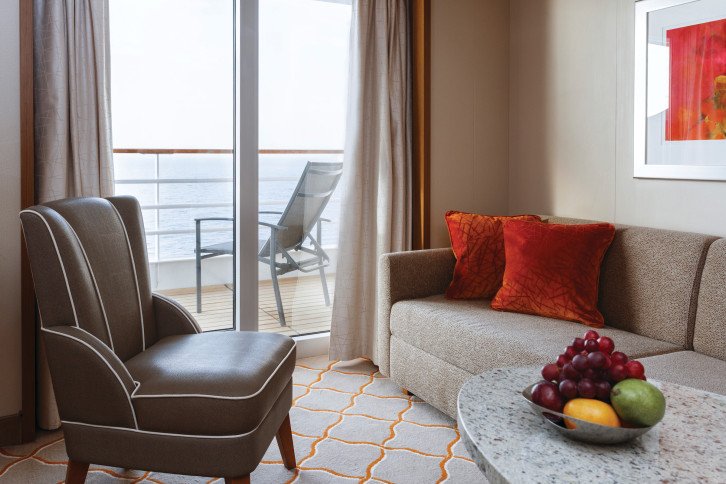
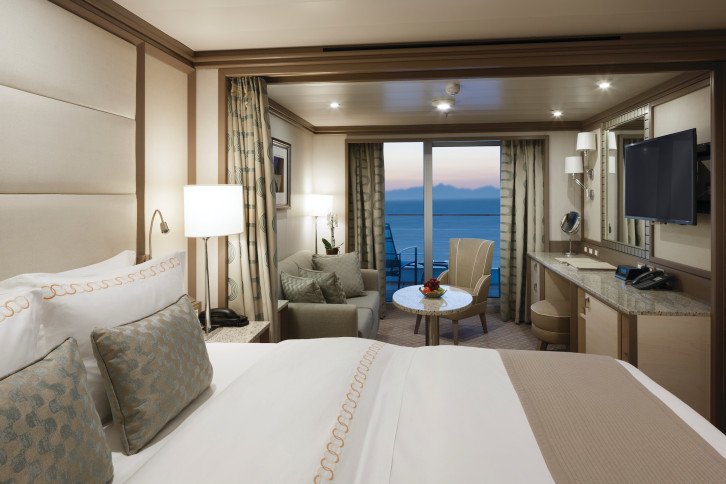






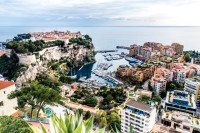
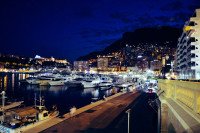

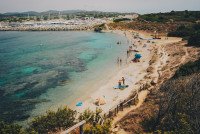
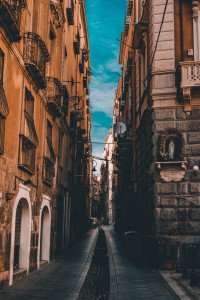
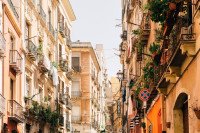
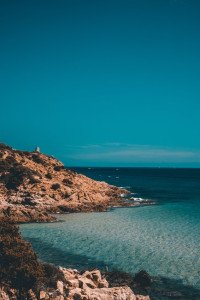
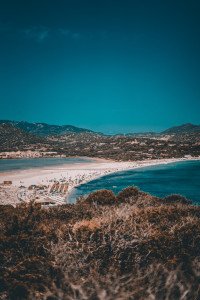

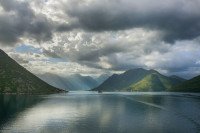
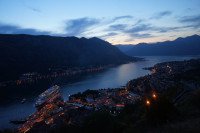
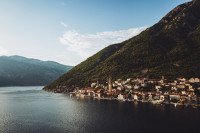
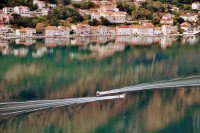
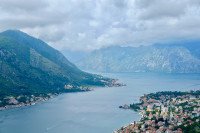
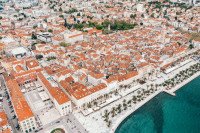



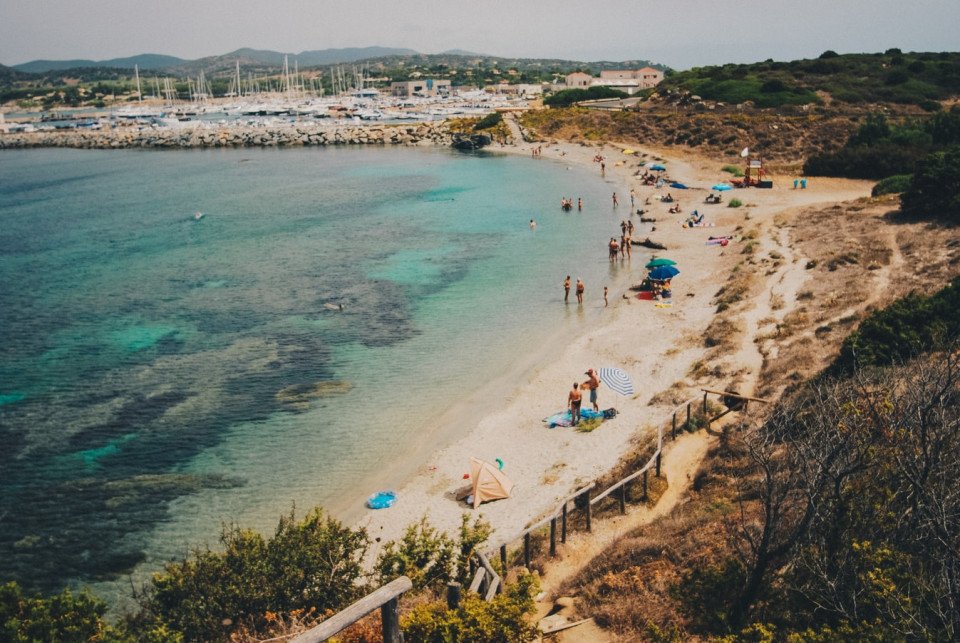
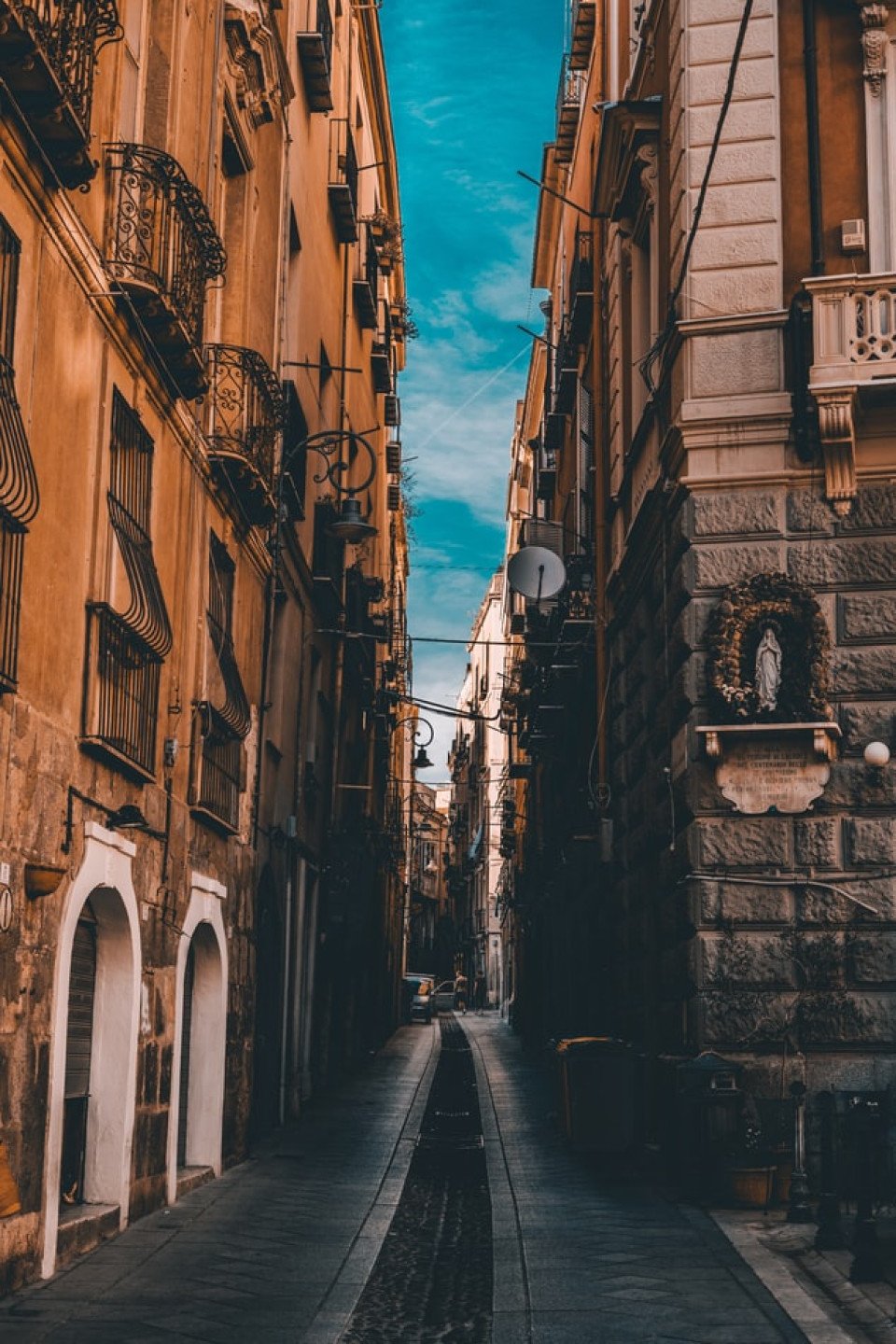
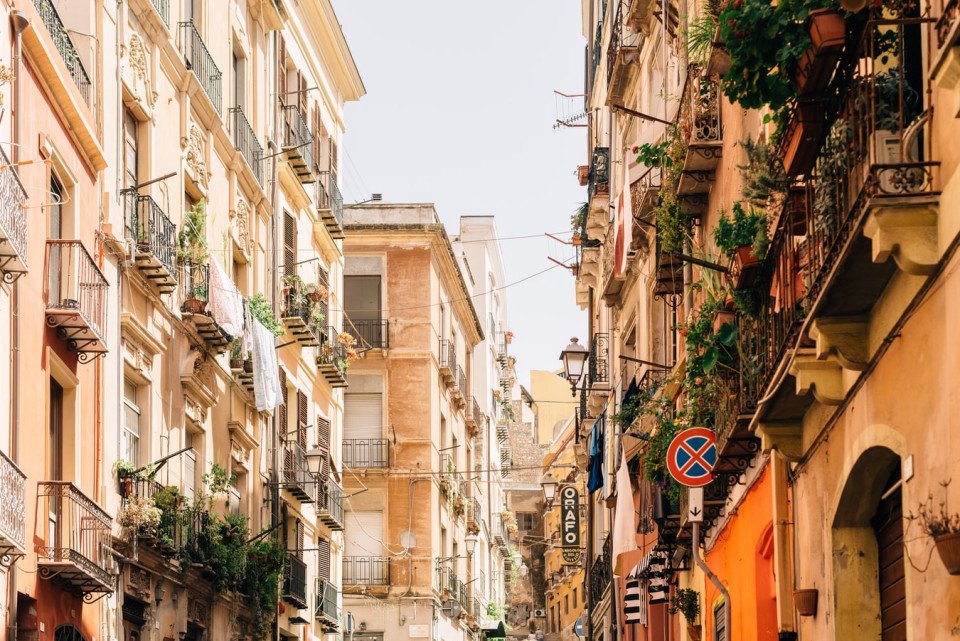
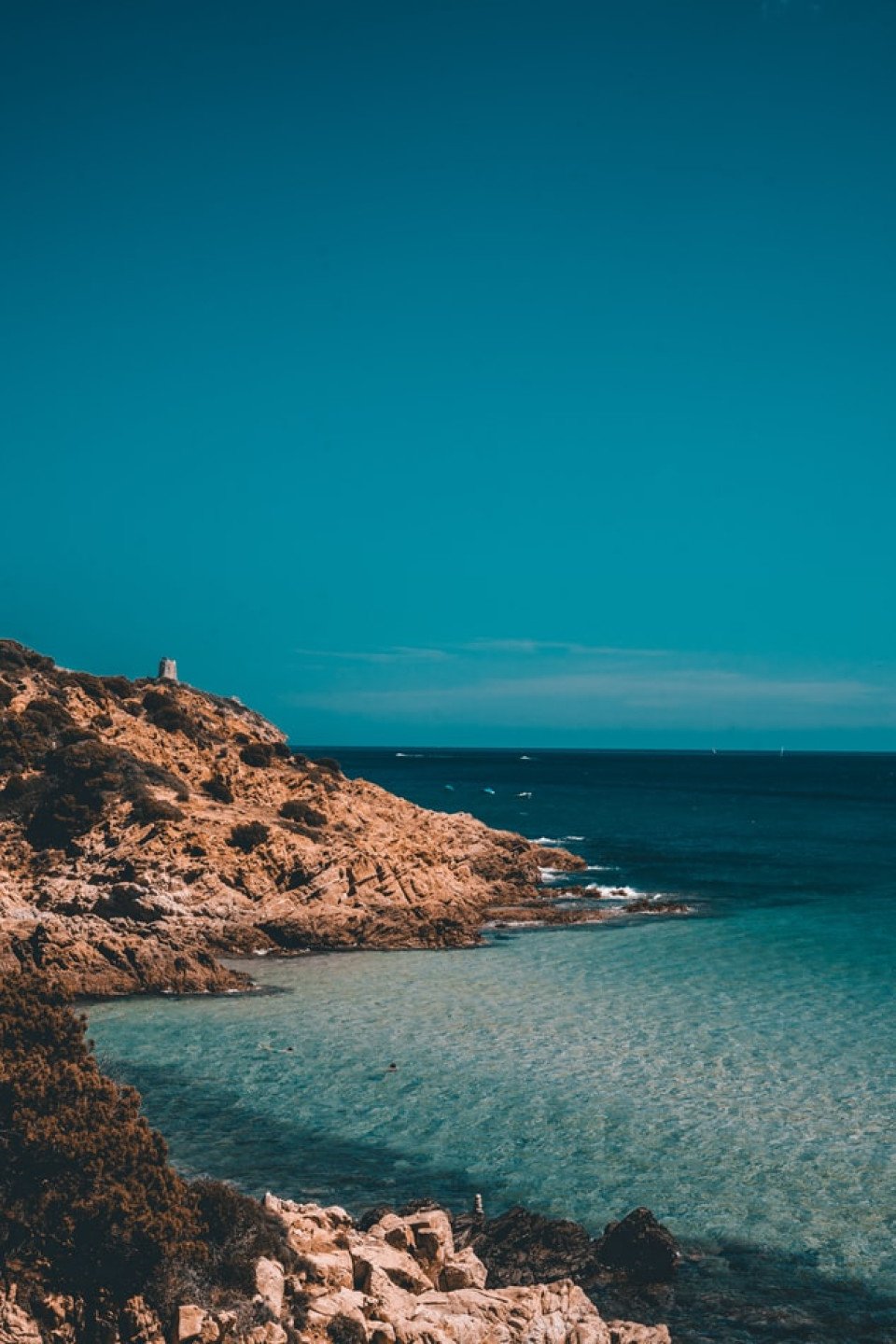
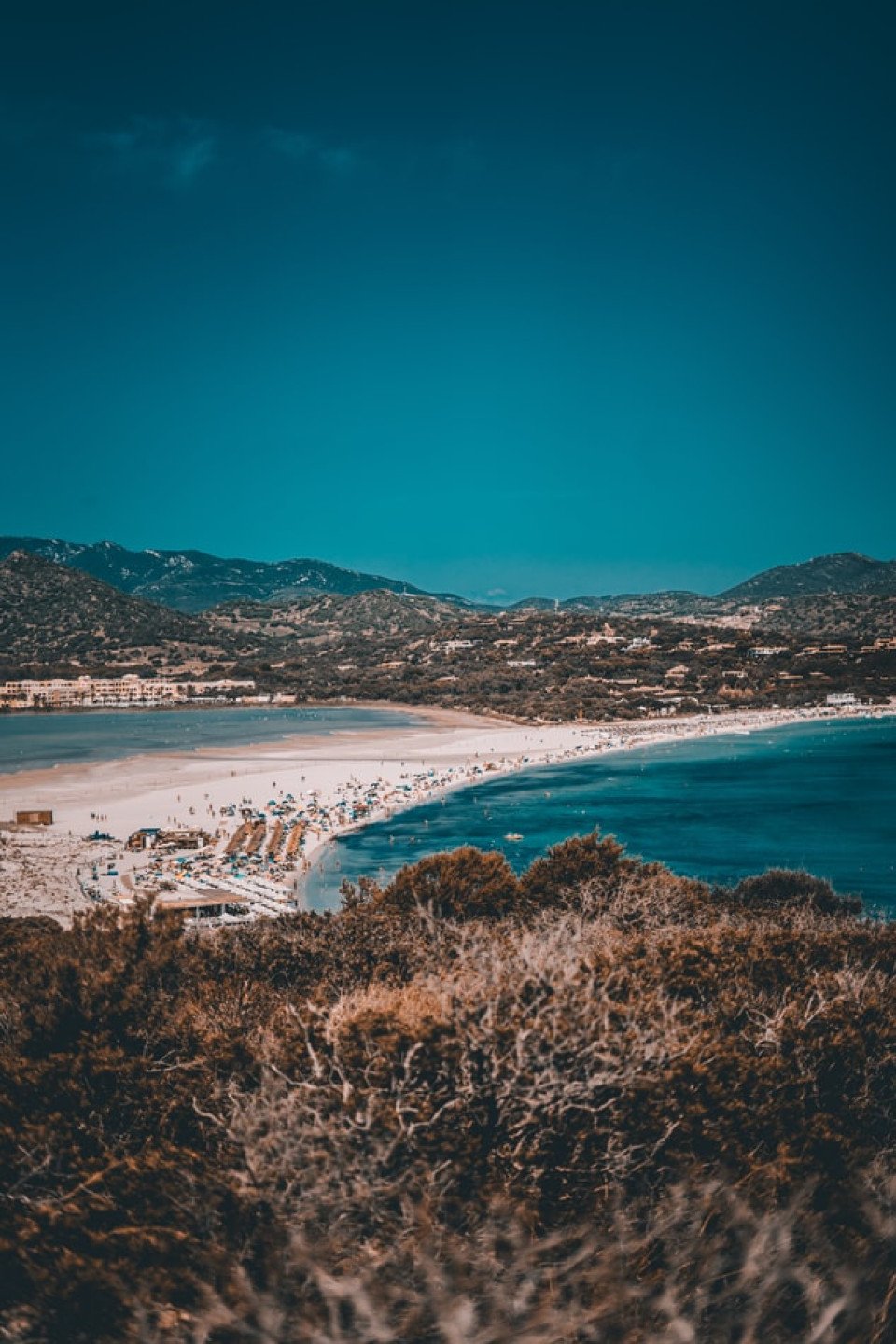

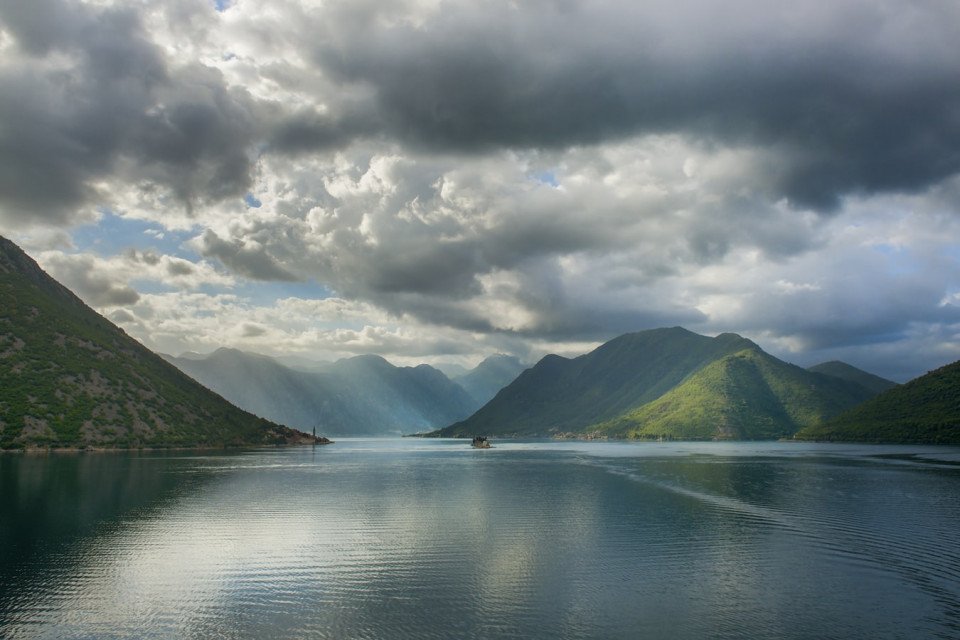
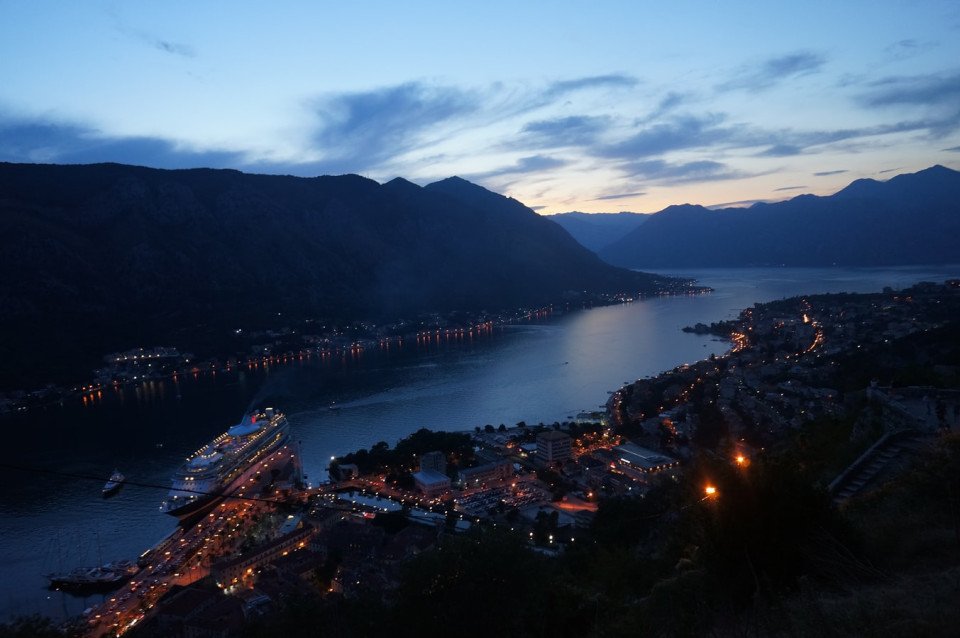
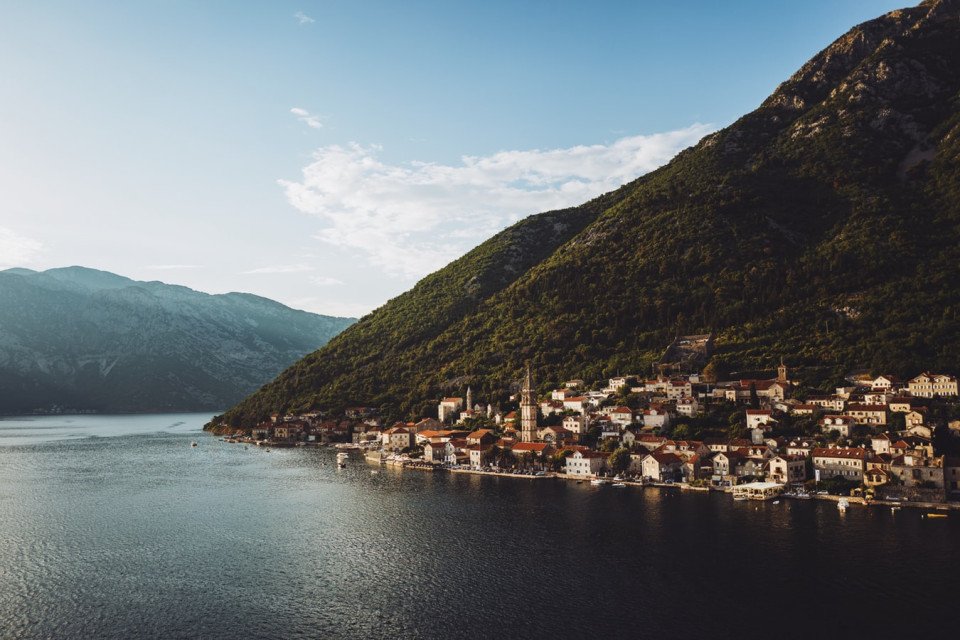
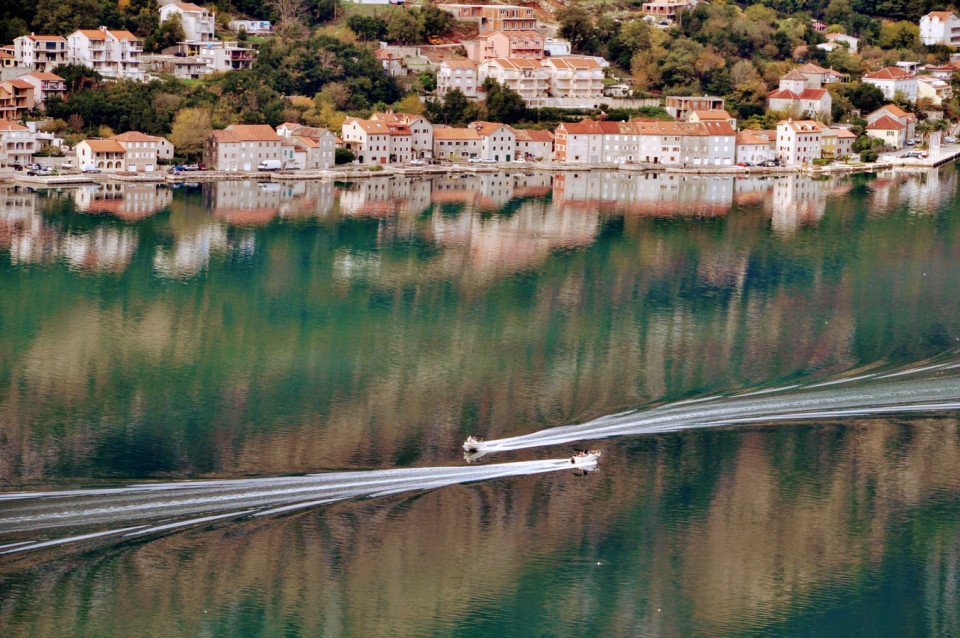
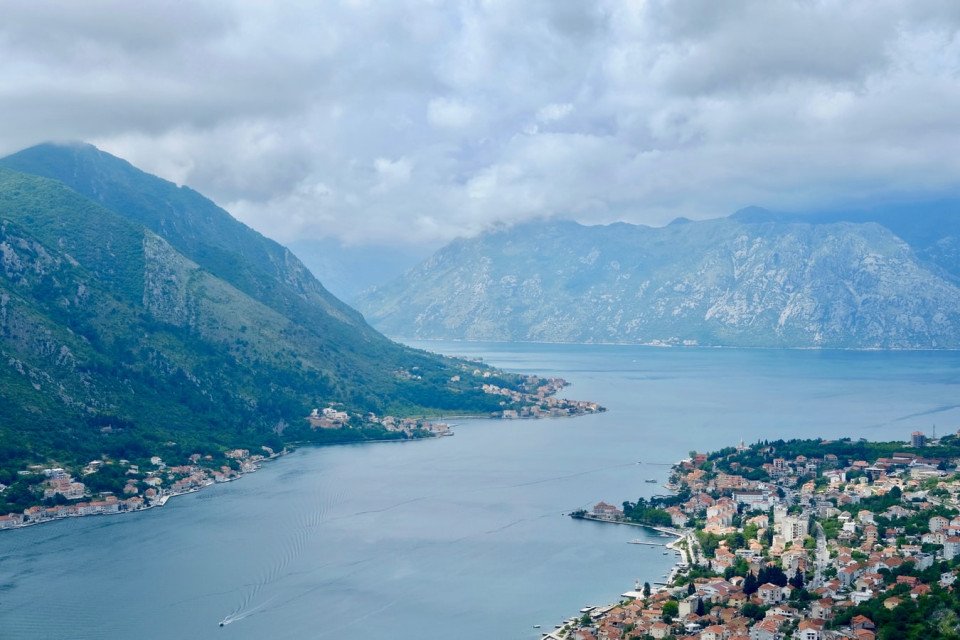
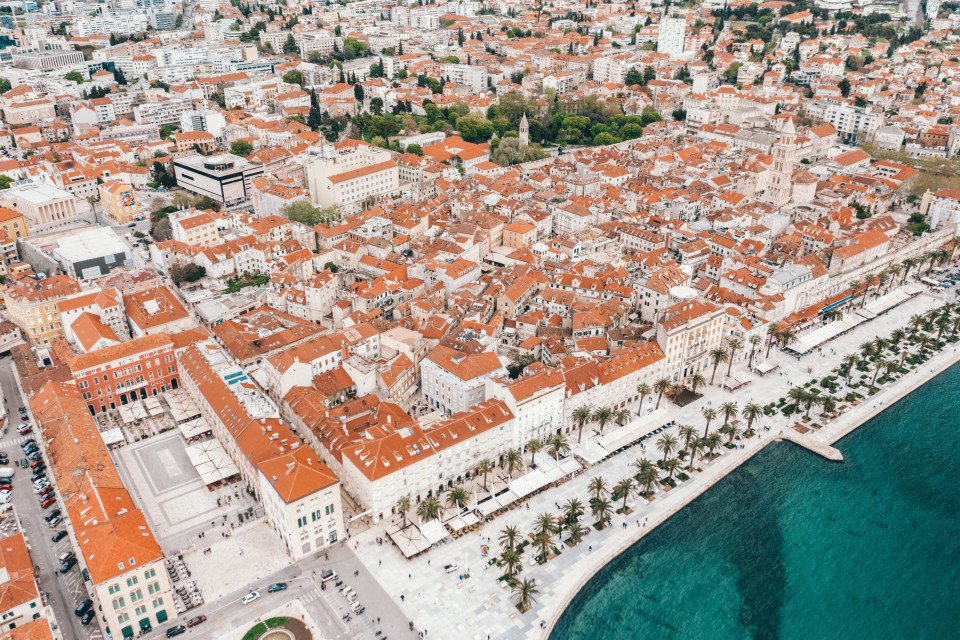
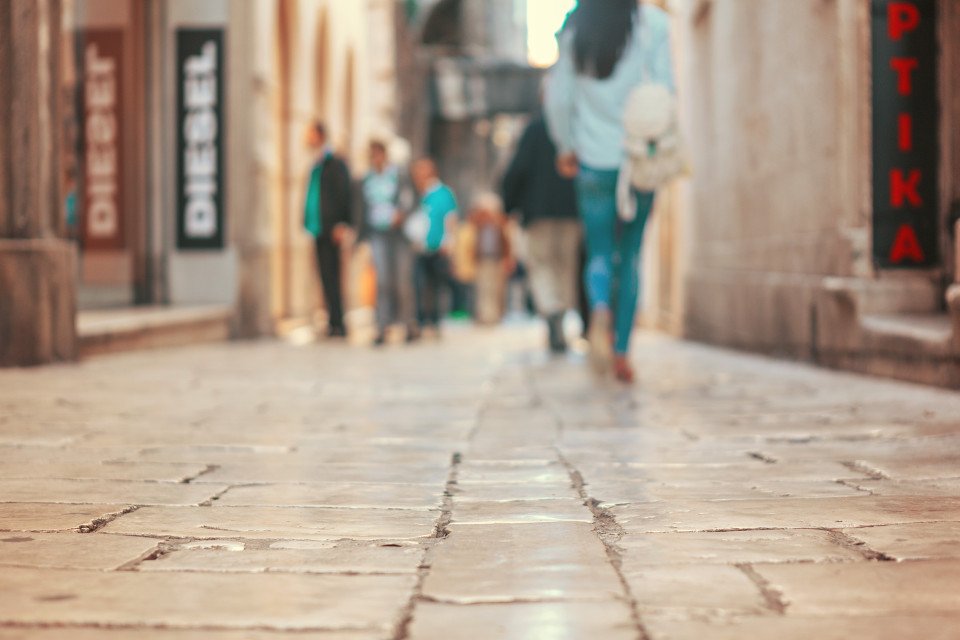
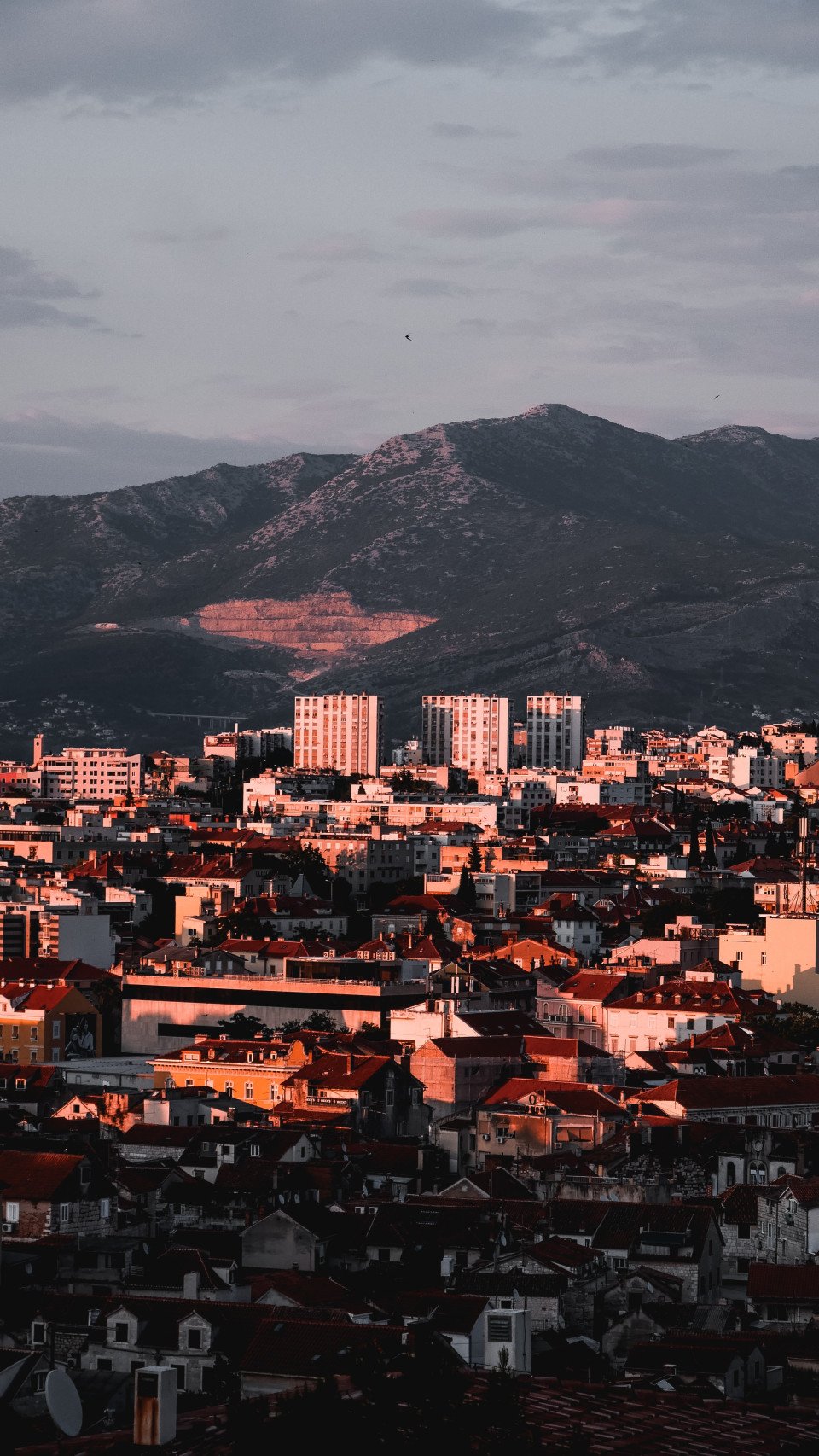





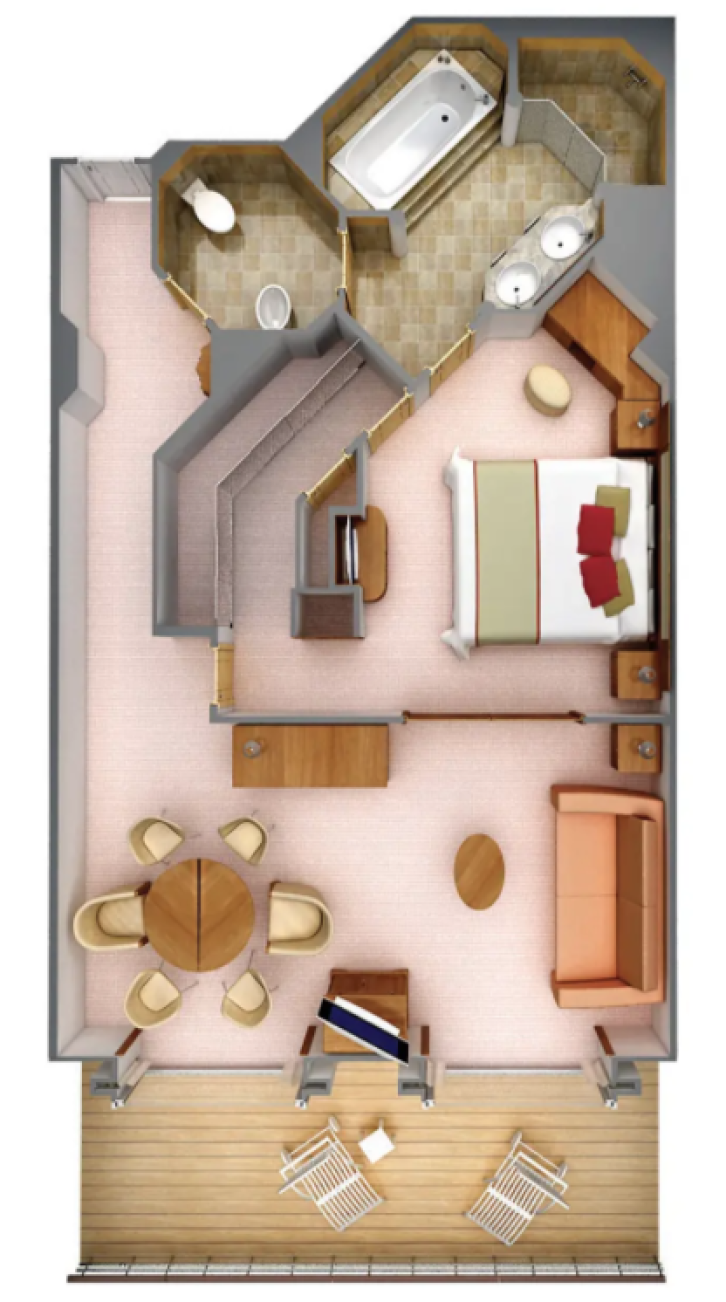





-large_thumb.jpg)









